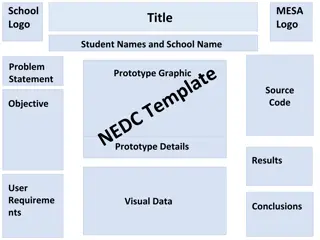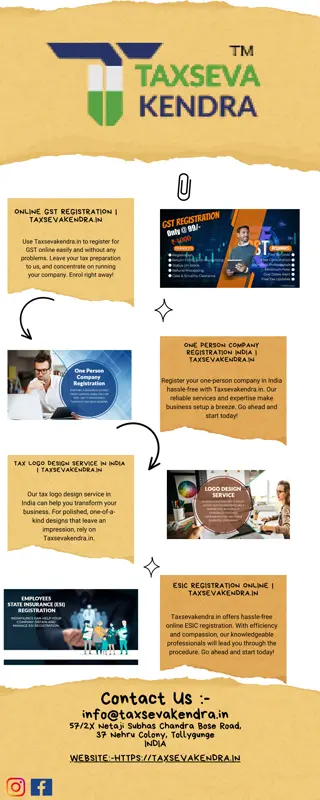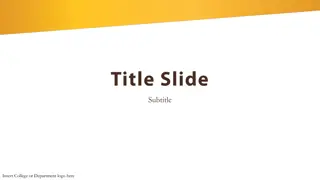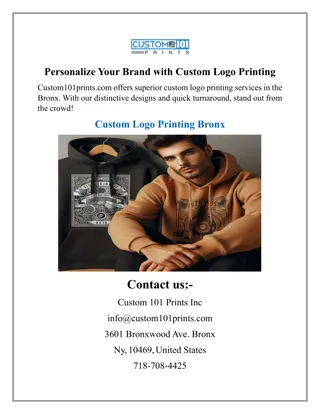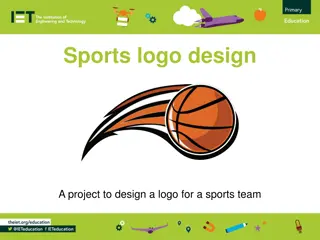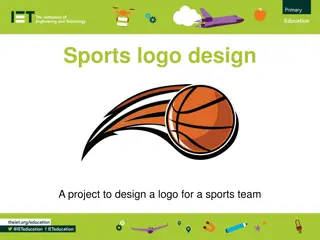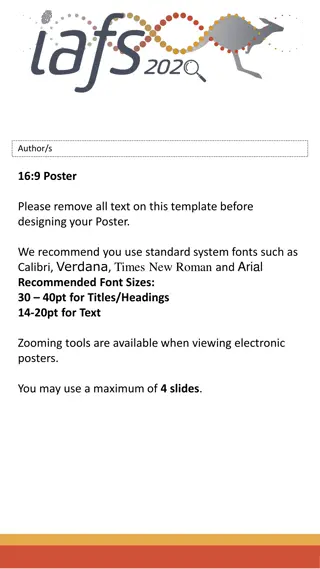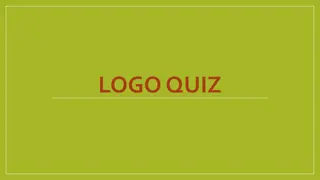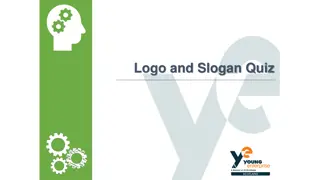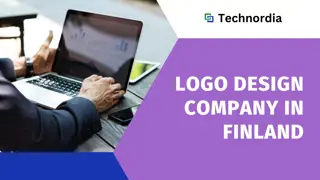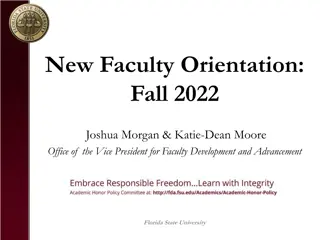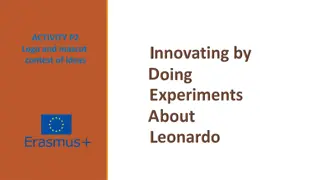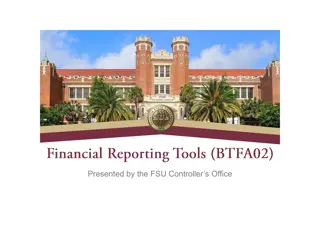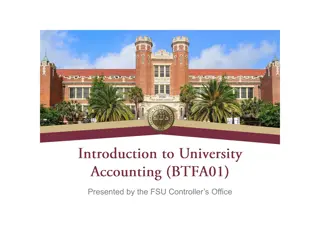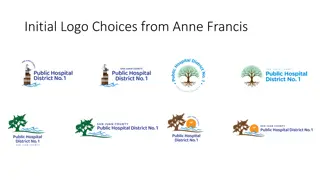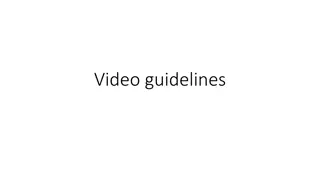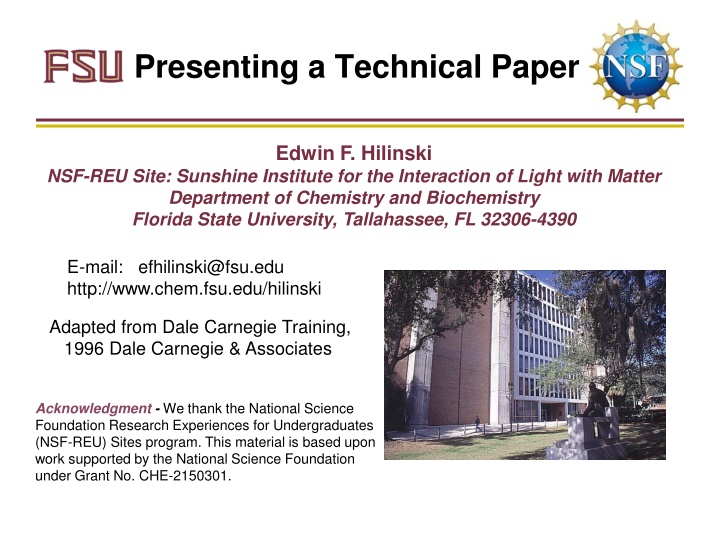
Presenting a Technical Paper: General Tips and Organization Strategies
This technical paper focuses on presenting a successful presentation, covering important aspects such as general tips, organization strategies, the IMRADC structure (Introduction, Methods, Results, And Discussion, Conclusions), and specific guidelines for creating slides. It emphasizes the significance of understanding the audience, maintaining eye contact, and ensuring readability of visual aids. The content also includes the critical components of identifying the problem, formulating a hypothesis, conducting experiments, observing results, drawing conclusions, and citing references properly.
Download Presentation

Please find below an Image/Link to download the presentation.
The content on the website is provided AS IS for your information and personal use only. It may not be sold, licensed, or shared on other websites without obtaining consent from the author. If you encounter any issues during the download, it is possible that the publisher has removed the file from their server.
You are allowed to download the files provided on this website for personal or commercial use, subject to the condition that they are used lawfully. All files are the property of their respective owners.
The content on the website is provided AS IS for your information and personal use only. It may not be sold, licensed, or shared on other websites without obtaining consent from the author.
E N D
Presentation Transcript
Presenting a Technical Paper Edwin F. Hilinski NSF-REU Site: Sunshine Institute for the Interaction of Light with Matter Department of Chemistry and Biochemistry Florida State University, Tallahassee, FL 32306-4390 E-mail: efhilinski@fsu.edu http://www.chem.fsu.edu/hilinski Adapted from Dale Carnegie Training, 1996 Dale Carnegie & Associates Acknowledgment - We thank the National Science Foundation Research Experiences for Undergraduates (NSF-REU) Sites program. This material is based upon work supported by the National Science Foundation under Grant No. CHE-2150301.
Overview 1. Tell them what you re going to tell them. 2. Tell them. 3. Tell them what you ve told them.
General Tips 1. Do not read your presentation!! 2. Know your audience. 3. Keep eye contact with the audience. 4. Make sure that your visuals are readable. 5. Try not to jiggle the pointer, jingle coins, click retractable pens, do not remove then replace then remove then replace the cap of a dry erase marker, etc. 6. The shorter the talk, the more practice you need.
Organize Your Presentation 1. What is the problem? 2. What do you hypothesize? 3. How did you test your hypothesis (experiment)? 4. What did you observe? 5. What did you conclude? 6. Cite all references to the literature. If you are not sure, cite a reference; do not plagiarize.
IMRADC Introduction Methods Results And Discussion Conclusions
Slide 1 Title Title Title Title Title TitleTitle Title Title Title REU Student Name, In-Lab Mentor 1, In-Lab Mentor 2, and Professor Name* NSF-REU Site: Sunshine Institute for the Interaction of Light with Matter Department of Chemistry and Biochemistry, Florida State University Tallahassee, Florida, 32306-4390 Image(s) Acknowledgment(s) - We thank the National Science Foundation Research Experiences for Undergraduates (NSF-REU) Sites program. This material is based upon work supported by the National Science Foundation under Grant No. CHE- 2150301. [Add additional acknowledgments as needed/desired.]
Introduction 1. The subject problem and hypothesis 2. Background and justification 3. Objectives of the study
Methods 1. Materials, equipment, and the location of the experiment 2. Methods of sampling 3. Methods of analysis 4. Statistical evaluations
Results and Discussion 1. Synopsis of results 2. Presentation of data a. Figures b. Tables c. Graphs 3. Discussion of significance
Conclusions 1. Summarize your results 2. Put them in context why they are important 3. Optional future work to be done and why
Types of Illustrations 1. Tables 2. Graphs line, bar, pie, 3D 3. Photos
Make It Simple 1. Tables should be clear a. Put like items in columns b. Round off numbers; significant figures; align decimals 2. Figures a. Limit the number of curves or bars on graph b. x is the independent variable; y is dependent c. Avoid wasted space, but do not overcrowd d. Label axes carefully
Use of Color in Slides 1. Background subdued or neutral colors 2. Highlighting points bright or contrasting colors 3. Check colors on projection screen 4. Coordinate colors for presentation 5. Implement the KISS principle
Posters 1. Brief and clearly organized 2. Simple with an obvious central point a. Short text / paragraphs (<20 lines) 3. Easy to read from 1 to 2 meters away 4. Attractive and aesthetically pleasing a. Mix visual imagery with text b. Use color appropriately [More details about posters will be given in separate documents: PosterPresentations_Arial_240607a.pptx ; PosterPresentations_Arial_240607a.pdf ; Poster_Template_240607a.pptx .]

